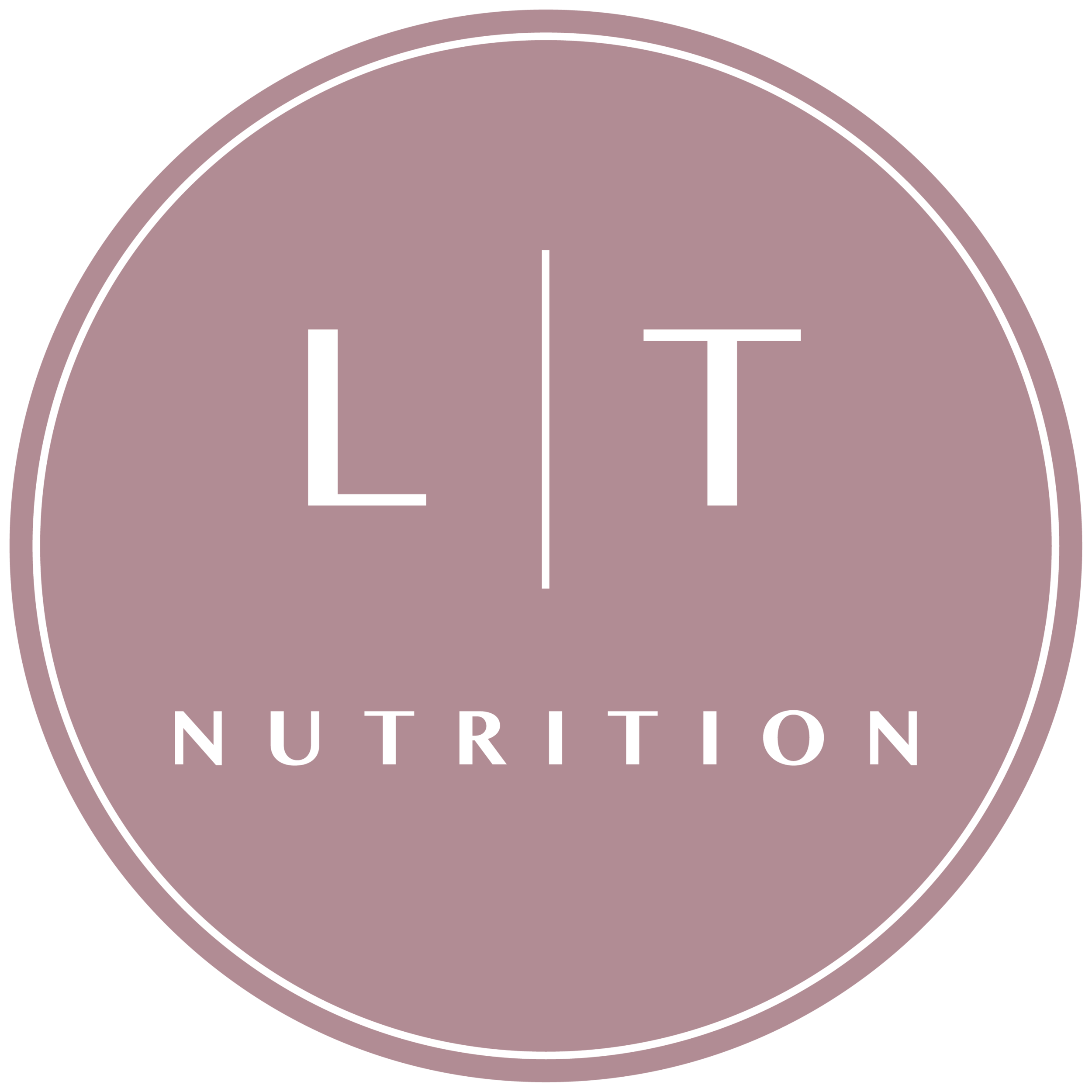Are you in perimenopause?
In this post, we’ll look at what perimenopause is, what you can expect and how to manage it.
So, you’ve reached your 40’s, your career is in full swing and you’re project managing family, home and social engagements…when did this happen? All the while you have started to notice that you don't have the same energy you used to, those few extra holiday kilos won't disappear, you are starting to forget things and you keep waking at various stages in the night.
Are you stressed with all the balls you are juggling? Maybe, or maybe it’s perimenopause?
But what is perimenopause?
Here are some key facts to help you recognise the onset of perimenopause
Perimenopause, also known as the menopause transition, is the time between your 40’s and 50’s when you experience menstrual irregularity.
You may notice fluctuating hormone levels and menopause-like symptoms due to the fluctuation and gradual decline in estrogen and progesterone.
It can last anywhere between 2-10 years and the symptoms can vary in type and severity.
In the latter stages of perimenopause your estrogen levels will decline to a point where your periods will stop.
Menopause is diagnosed when it has been 12 months since your Final Menstrual Period (FMP), not the result of other causes. It signifies permanent cessation of ovarian function and transition from reproductive to non-reproductive phase of life.
Sounds like fun, eh!
So what are some of the symptoms of perimenopause?
Currently there are more than 34 known symptoms that women, trans and non-binary people can experience. These include weight gain particularly around the abdominal area, night sweats, irregular sleep, brain fog, mood changes, vaginal dryness, low libido, hot flashes, tender breasts, memory problems and many more. The WHO has
Is this sounding familiar? We find the symptom tracker from The Menopause Charity is helpful to identify and see any patterns.
What can I do about it? Well firstly; You are not alone!
1.2 billion women, trans and non-binary people worldwide will experience perimenopause symptoms. It is not a disease, it is a natural part of the lifecycle however it can greatly affect a person's quality of life. The WHO agrees that talking about it, sharing experiences and asking for help can greatly improve the experience.
What are the treatments for perimenopause?
There are many treatments to help you manage your symptoms during perimenopause and these include hormone replacement therapy, nutrition, movement and wellbeing, alternative medicine and Traditional Chinese Medicine. It is important to gather all the information and make an informed decision that works best for your body and health needs. Speak to a health professional about your options. You’ll find that you are discussing symptoms, so I recommend going to your chosen healthcare provider with the symptom tracker so you can accurately tell them what you have been dealing with.
What can you do if you think you are in perimenopause?
Every woman is different, and I find that knowing more and seeking help can be reassuring. Here are three steps I know will help you.
Educate yourself and become an advocate for your own health. Reset 40 is a great way to do this. It is a 12 week online nutrition and well-being program that aims to educate and support people through the menopause transition.
Seek help from a women’s health specialist doctor and take your symptom tracker to your appointment. This can help the doctor understand what your body is going through and prescribe the best course of action
Speak to a friend or family member. A problem shared is a problem halved. Sharing how you are feeling can help someone signpost you in the right direction for help and greatly improve your quality of life.
Perimenopause is a natural phase of the life cycle that shouldn’t be feared. Embrace it with knowledge, support and confidence.You’ve got this
Lisa x


